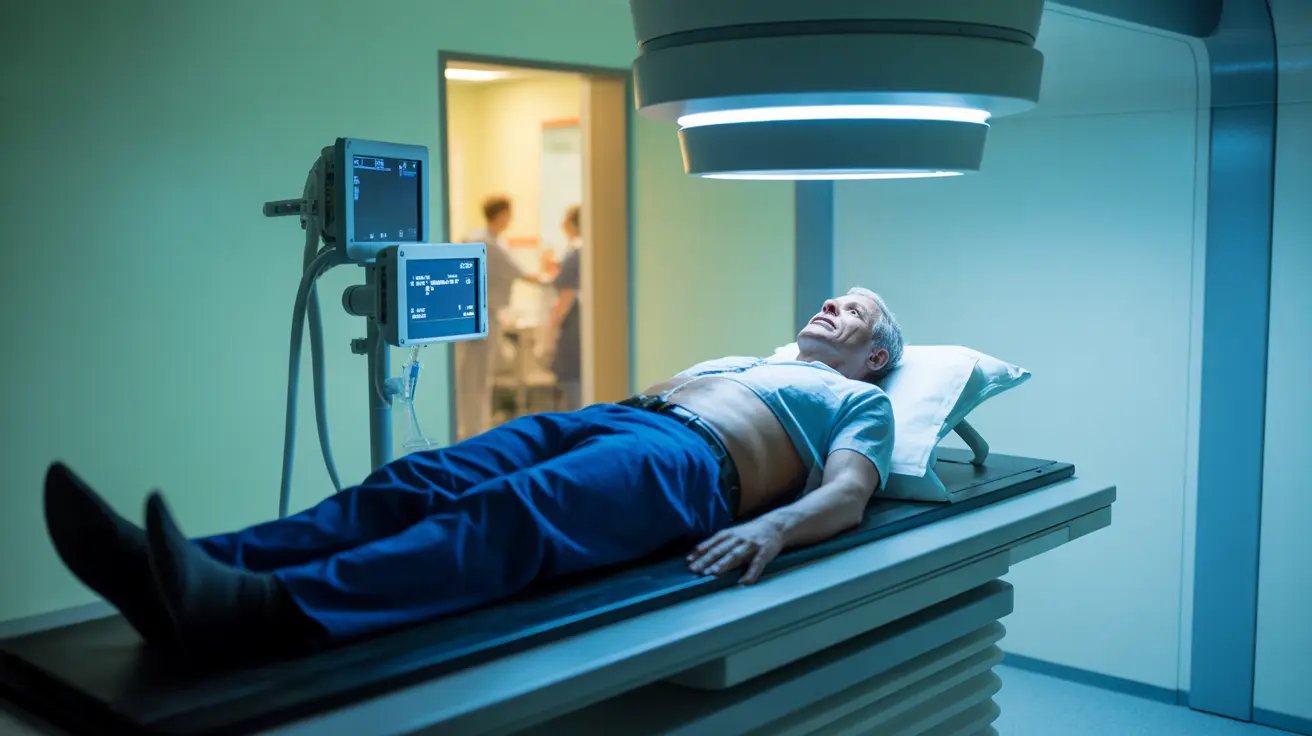A bone scan is a specialized nuclear medicine imaging test that helps healthcare providers evaluate various bone conditions and abnormalities. This diagnostic procedure uses small amounts of radioactive materials to create detailed images of your skeletal system, offering valuable insights into bone health and potential problems that might not be visible through standard X-rays.
This advanced imaging technique plays a crucial role in early detection and monitoring of various bone-related conditions, from fractures to cancer metastases. Understanding what a bone scan involves can help you feel more prepared and confident about the procedure.
How Bone Scans Work
During a bone scan, a radioactive tracer (usually Technetium-99m) is injected into your bloodstream. This tracer travels through your body and accumulates in areas of bone that are experiencing increased cellular activity or blood flow, which often indicates injury or disease.
Special cameras detect the radiation emitted by the tracer and create detailed images of your skeleton. Areas with higher tracer concentration appear as "hot spots," while areas with decreased uptake show as "cold spots," helping doctors identify potential problems.
Common Reasons for Getting a Bone Scan
Healthcare providers may recommend a bone scan for various reasons:
- Suspected stress fractures or trauma
- Bone infections (osteomyelitis)
- Cancer evaluation and monitoring
- Arthritis assessment
- Unexplained bone pain
- Metabolic bone disorders
The Bone Scan Procedure
Before the Scan
Preparation for a bone scan is relatively simple. You can typically eat and drink normally before the procedure. Your healthcare provider will review your medications and inform you if any adjustments are needed.
During the Scan
The procedure occurs in two phases. First, you'll receive an injection of the radioactive tracer. Then, after waiting 2-4 hours for the tracer to distribute throughout your skeleton, you'll undergo the scanning process. During imaging, you'll lie still on a table while the scanner moves around you, capturing detailed pictures of your bones.
Safety and Considerations
Bone scans are generally considered safe and involve minimal risks. The amount of radiation exposure is relatively low and carefully controlled. However, it's important to inform your healthcare provider if you:
- Are pregnant or breastfeeding
- Have allergies to medications
- Have had recent nuclear medicine tests
- Have kidney problems
Understanding Bone Scan Results
The results of your bone scan will be interpreted by a radiologist or nuclear medicine specialist. Normal results show an even distribution of the tracer throughout the skeleton. Abnormal findings may appear as areas of increased or decreased tracer uptake, indicating various conditions that require further evaluation.
Frequently Asked Questions
- What is a bone scan and how does it work to detect bone problems?
A bone scan is a nuclear medicine imaging test that uses radioactive tracers to identify areas of increased bone activity or abnormality. The tracer accumulates in areas where bones are being repaired or where there is disease activity, allowing doctors to detect various bone conditions.
- How should I prepare for a bone scan and what can I expect during the procedure?
Little preparation is needed for a bone scan. You can eat and drink normally beforehand. The procedure involves receiving an injection of radioactive tracer, waiting 2-4 hours, then lying still while images are taken. The actual scanning typically takes 30-60 minutes.
- What conditions can a bone scan help diagnose, such as infections, fractures, or cancer spread?
Bone scans can diagnose multiple conditions including stress fractures, bone infections (osteomyelitis), cancer metastases, arthritis, and metabolic bone disorders. They are particularly useful in detecting problems before they may show up on regular X-rays.
- Are there any risks or side effects associated with having a bone scan?
Bone scans are generally safe with minimal risks. The radiation exposure is low and carefully controlled. Some people may experience minor discomfort from the injection or lying still during the scan. Allergic reactions to the tracer are extremely rare.
- How long does it take to get bone scan results and what do abnormal findings mean?
Results are typically available within 24-48 hours. Abnormal findings appear as "hot spots" (areas of increased tracer uptake) or "cold spots" (areas of decreased uptake). These findings may indicate various conditions such as fractures, infections, tumors, or inflammatory conditions that require further evaluation.




